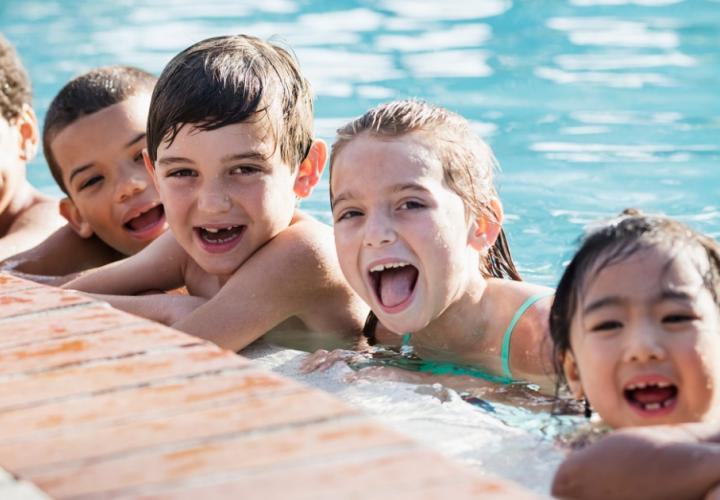We all want our children to have a fun, memorable and active summer. Water play is a major part of making summer memories and many kids are eager to splash around, swim or attend pool or beach parties.
However, we need to be mindful that water can be dangerous and children require constant supervision when in or around water. Below are some tried-and-true water safety rules:
1. Always, always be a “water watcher,” no matter where you are.
First, here are some jarring facts:
- Most drownings in kids who are four years old or younger happen in home swimming pools.
- About 27% of these drownings happen at someone else’s home. (SafeKids.org is a great resource for more information like this.)
- Children can drown in as little as two inches of water.
Second, trust your instincts as a parent and be on guard, especially if you’re a guest at someone’s home and are unsure about the safety mechanisms they’ve put into place. Experts say to:
- Keep kids within an arm’s reach because of how fast an incident can happen. In other words, pay constant attention.
- Put the phone down, limit alcohol consumption and avoid other distracting activities.
- Take turns with other adults to share the responsibility.
- Young children should wear a life jacket as an additional layer of protection.
Finally—of course you can still enjoy yourself and put safety top of mind. Come up with a buddy system with your significant other or another trusted adult nearby—take turns being vigilant. Accountability and teamwork are key!
